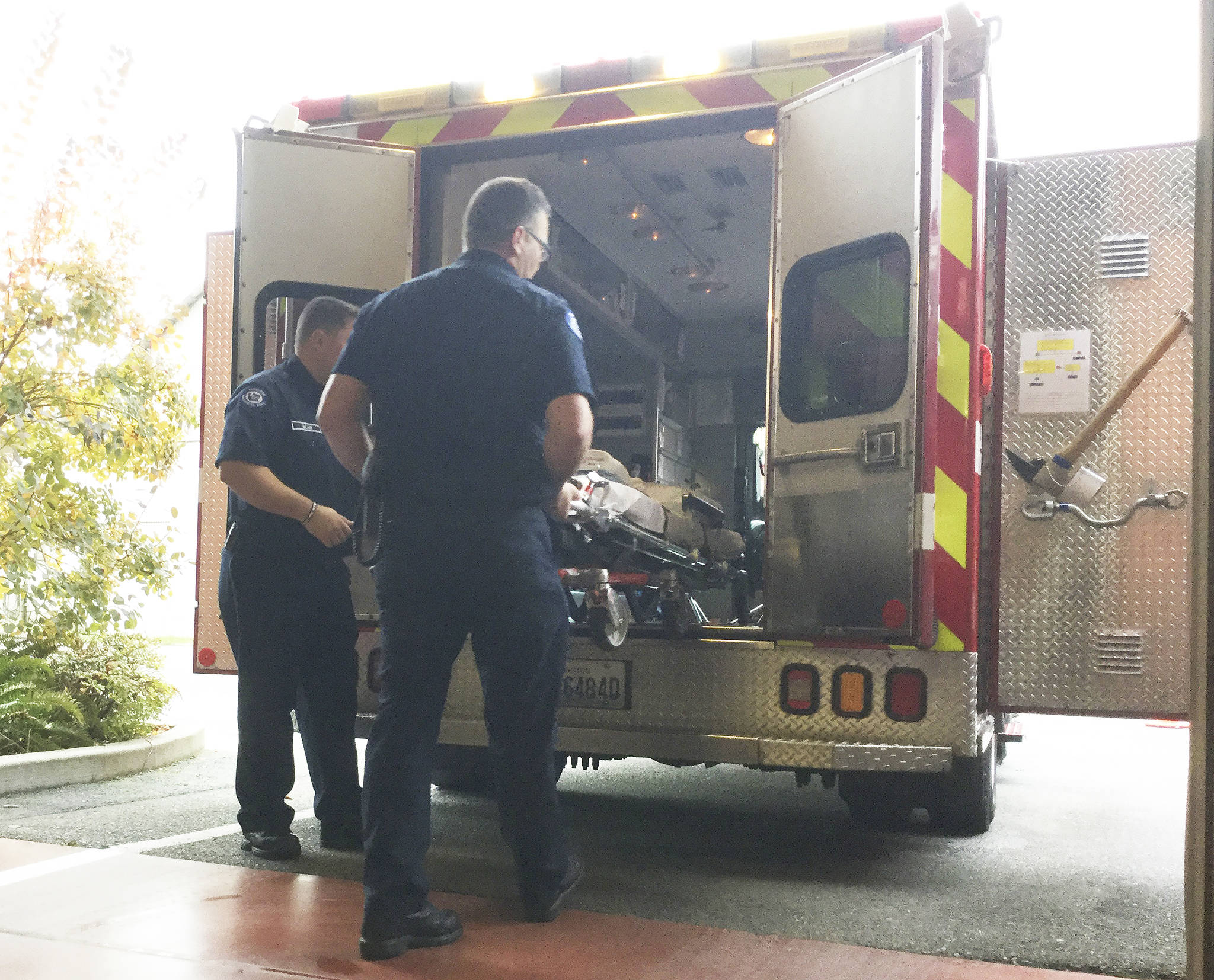ARLINGTON – The Arlington Fire Department, Camano Island Fire and Rescue, and North County Fire/EMS were awarded a $770,000 FEMA Assistance to Firefighters Grant to replace 123 sets of self-contained breathing apparatus that have reached the end of their service life.
The equipment is the face mask, tank and related gear worn by firefighters in the field that provides breathable air on a life-threatening fire and smoke-related call, or other hazardous situations.
“This is a tremendous opportunity for our departments to replace life-saving equipment with minimal impacts on our budgets,” Arlington Acting Fire Chief Dave Kraski said.
While Arlington Fire’s share in the grant is small at only 21 sets of the latest apparatus technology – and they were denied on previous requests going solo – two more FEMA grants and a fourth awarded by the Stillaguamish Tribe totaling $736,077 will put more firefighters in the field for Arlington and more effective equipment for responding to medical emergencies.
It has been a good year for fire grant writers in Arlington – Kraski among them.
The FEMA Assistance to Firefighters SAFER (Staffing for Adequate Fire and Emergency Responses) is a $589,462 three-year grant that will enable Arlington to hire three new firefighters by February, with three-quarters of pay and benefits covered for two years and one quarter the third year. The grant will enable the department to hire the positions identified in the city’s new Ambulance Utility Fee sooner than planned. The grant required a city match of $366,419.
The department was also awarded a $124,615 grant, also from FEMA, for three power-lift cots that will be used in the Arlington Fire’s three primary EMS units.
Kraski said they are special hydraulic cots that ease the strain on first responders safely lifting and loading patients into medic units. The cots should be in operation by November.
Arlington Fire were notified recently that they will be awarded a $22,000 Stillaguamish Tribe Community Impact Grant to buy a piece of EMS equipment known as a LUCAS device. The device is an automated chest compression system designed to do CPR in place of a medic on scene or in an aid car, freeing them up to perform other critical life-saving duties. The device has been shown to improve the outcomes of sudden cardiac arrest patients.
Kraski said the public doesn’t always realize how challenging it can be giving CPR on an emergency transport where minutes and seconds count.
“Performing CPR in the back of a moving medic unit is one of the more dangerous things we do,” he said. “Crews attending to the patient are unrestrained.”
He added that performing adequate CPR compressions requires a first responder to be in a standing position while the vehicle – lights and sirens activated – is moving at a high rate of speed.
“This device will provide a safer work environment and reduce the number of attendees needed,” Kraski said.



